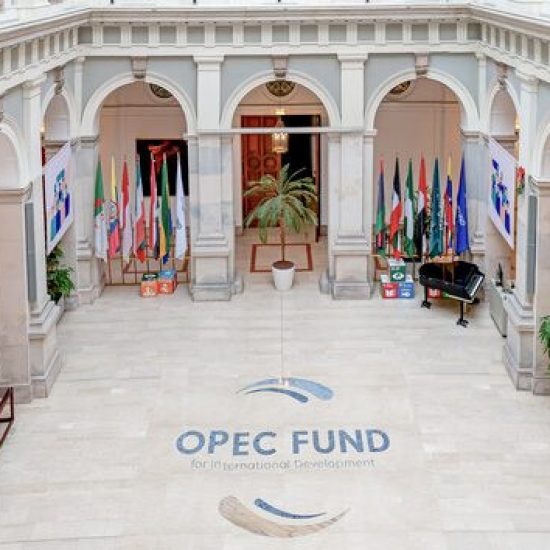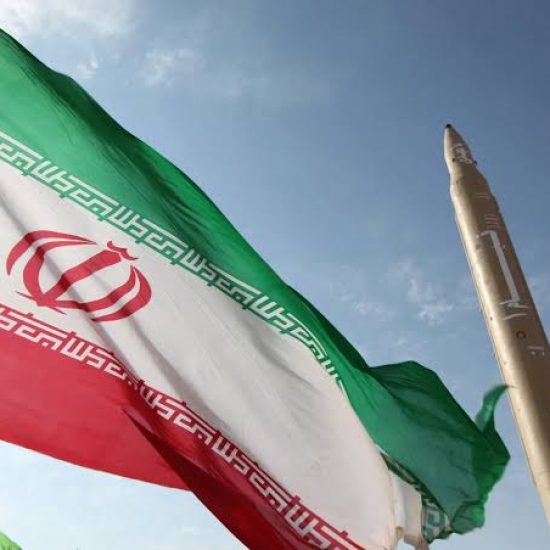Saudi Arabia is expected to cut the prices of crude it sells to Asia in November after the Dubai benchmark weakened last month, in a move that will help the OPEC kingpin retain its market share in the region amid a global oversupply, traders said.
Prices, however, are likely to be lowered less than what is indicated by a formula, given the top oil exporter tempered gains last month despite a strong rise in the Dubai price – which is used as a benchmark to set Middle East crude prices in Asia, the traders said on Thursday.
“Their prices are quite competitive so they don’t have to cut as much,” a Singapore-based trader said.
Saudi Aramco typically adjusts prices based on the monthly changes in the price spread between first- and third-month physical Dubai and oil product yields for each grade.
A wider Dubai contango market structure suggests a drop of more than $2 a barrel for most of the Saudi grades in November, a survey of five refiners and traders by Reuters showed, but most respondents expect a cut of $1.50-$2 in the official selling prices (OSPs).
In a contango market, prompt prices are lower than those in future months, indicating weak spot demand.
Dubai’s return “to a steeply contangoed market structure coupled with a weak Asian spot market for Middle Eastern crude is set to result in significant reductions in key Middle Eastern OSP adjustments, which should underpin buying both in outright and market share terms”, JBC Energy analysts said in a note.
Lower prices could draw more Saudi crude to Asia, with an end to the peak demand season and a refinery maintenance at Rabigh freeing up more oil for exports, they added.
Saudi Arabia is also expected to cut prices of medium and heavy grades by a larger extent than the light ones, widening the light-heavy crude spread, traders said.
“With the fight for market share, it makes it harder to call (prices),” a trader with a western firm said.
The Organization of the Petroleum Exporting Countries (OPEC) shifted policy in November 2014 by deciding not to support prices by cutting output, in order to defend market share against U.S. shale oil and other higher-cost supply sources.Saudi crude OSPs are usually released by the fifth of each month and set the trend for Iranian, Kuwaiti and Iraqi prices, affecting more than 12 million barrels per day (bpd) of crude bound for Asia.-Reuters



![blackrock 1[1]](https://thearabianpost.com/wp-content/uploads/2025/07/blackrock-11-550x550.jpg)



